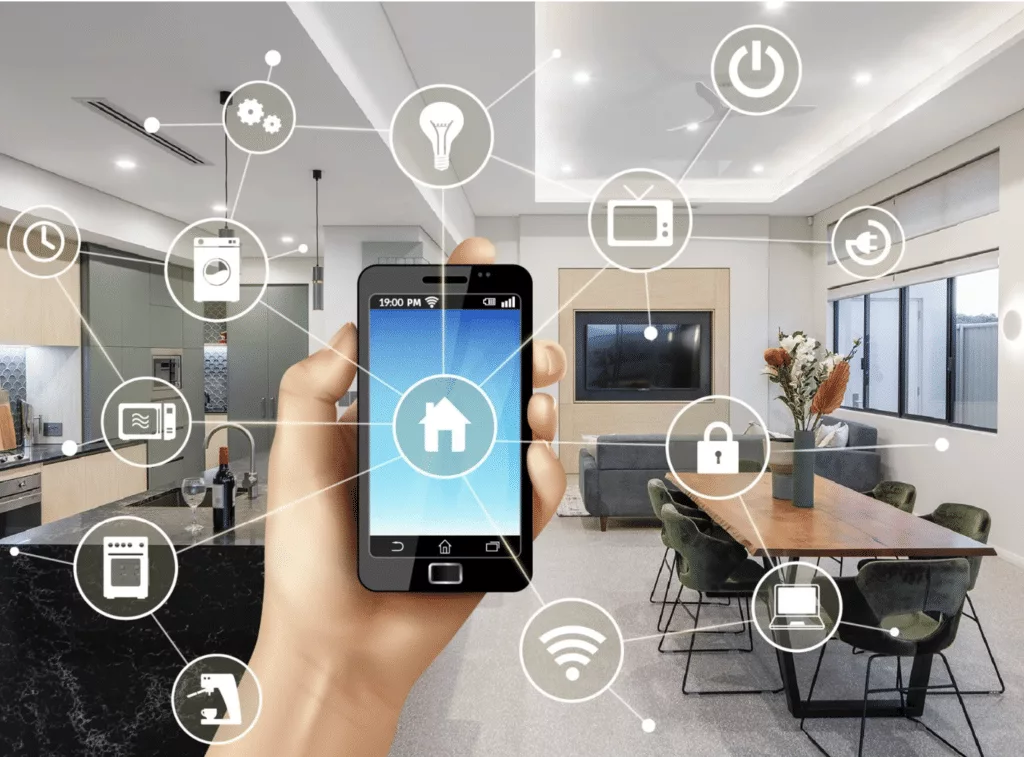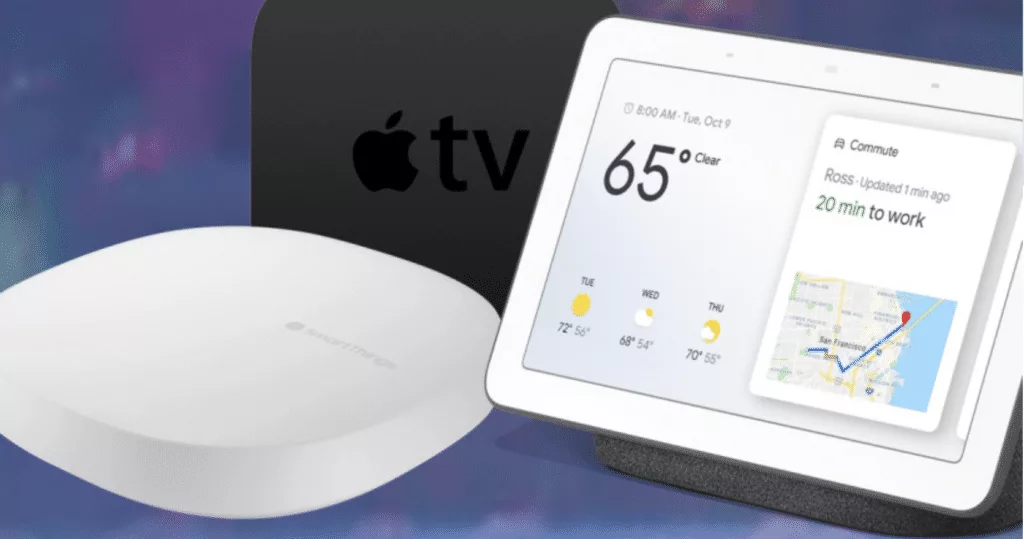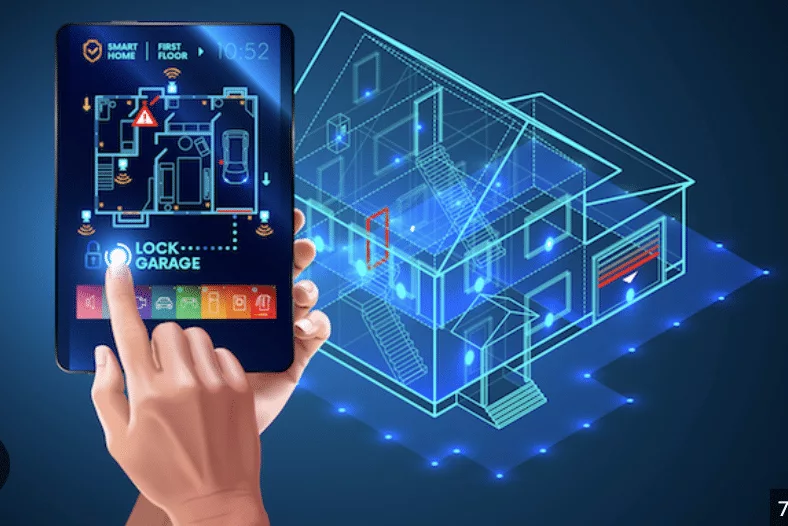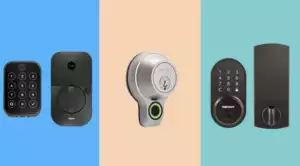
We love smart tech, smart home, smart app but you need to know how to set up your smart home or they’re all just power draining boxes. If you haven’t decided which hub is right for you as yet, check my post on the top 3 plug and play devices here
You’re sat on the couch and the lightings all wrong the heatings too high, but that means you having to get off your arse and sort all this….no it doesn’t, you have smart tech right? but you have boxes off stuff and you can’t set it up.
Setting up a smart home can be a daunting task, but with a little planning, it can be a breeze. Here is a step-by-step guide to help you set up your smart home:
Pick Your Ecosystem:
Choose an ecosystem that suits your needs. The most popular ecosystems are Amazon Alexa, Google Assistant, and Apple HomeKit. Each ecosystem has its own set of devices and features, so choose one that works best for you. I would personally choose the one you like the features of, is in your budget or what will align with the majority of devices you might already have. Heres a list of the choices:
Amazon Alexa:
- Alexa is a virtual assistant developed by Amazon. It primarily functions through Amazon Echo and other compatible devices. Users can control smart home devices, ask questions, play music, set alarms, and more using voice commands. Alexa supports a wide range of third-party smart home products and integrates with various apps and services.
Google Assistant:
- Google Assistant is Google’s virtual assistant, available on Android devices and through the Google Home smart speaker. It offers voice-activated control over smart home devices, answers questions, provides weather updates, and more. Google Assistant is compatible with numerous smart home brands and can be integrated into various ecosystems.
Apple HomeKit:
- HomeKit is Apple’s smart home platform. It’s designed for iOS users and focuses on privacy and security. HomeKit allows users to control compatible smart devices using the Apple Home app and Siri voice commands. It offers end-to-end encryption for added security and works with a growing number of HomeKit-enabled accessories.
Samsung SmartThings:
- SmartThings is Samsung’s smart home ecosystem that connects and controls a variety of devices, including smart lights, thermostats, cameras, and more. Users can manage their devices through the SmartThings app and create automation routines to simplify daily tasks. It supports a wide range of third-party devices and can be controlled via voice commands.
IFTTT (If This Then That):
- IFTTT is not a smart home application on its own but a platform that allows users to create custom automation and integration between various apps and devices. Users can create “applets” (if-then statements) to connect different services and devices, enabling creative automation and control.
Hubitat Elevation:
- Hubitat Elevation is a home automation hub that provides local processing for smart devices, reducing reliance on cloud services. It’s suitable for tech-savvy users who want more control over their smart home. Hubitat supports a wide range of devices and allows for complex automation rules.
OpenHAB:
- OpenHAB is an open-source home automation platform designed for users who prefer to build and customize their smart home system. It supports various protocols and devices and offers extensive flexibility for creating custom automation and rules.
Tuya Smart:
- Tuya Smart is a platform used by many third-party smart home device manufacturers. It provides a unified app for controlling and managing a wide range of smart devices from different brands. Users can create schedules, scenes, and automation routines within the Tuya Smart app.
These applications and platforms vary in terms of compatibility, user interfaces, privacy features, and customisation options. The choice of which one to use depends on your specific needs, preferences, and the smart devices you have in your home.
You’ll Want a Hub:

A hub is a central device that connects all your smart home devices. It acts as a bridge between your devices and your smartphone or tablet. Some popular hubs are Samsung SmartThings, Wink Hub, and Amazon Echo Plus. It is possible to create a smart home with separate smart tech but you will more than likely have to download individual control apps for each device which can be a faff.
The Importance of Wi-Fi:
A strong Wi-Fi signal is essential for a smart home. Make sure your Wi-Fi router is up to date and in a central location. If you have a large home, consider getting a Wi-Fi extender. Check these high end ones from netgear here i have 3 blink cameras at home and one just wouldn’t keep a strong fix on the home network until i bought an extender.
Bluetooth, Wi-Fi, or Smart Hubs?:
Decide which type of connection you want for your smart home devices. Bluetooth is best for devices that are close to each other, but in modern houses i wouldn’t recommend going this way, while Wi-Fi is best for devices that are farther apart. Smart hubs are best for connecting devices that use different types of connections. and usually the app that comes with the smart home can diagnoise any problems with your set up so it’s easy to find any problems if your tech is tits up!
Verify Smart-Home Support:
Before buying a smart home device, make sure it is compatible with your ecosystem and hub. Check the device’s website or packaging for compatibility information, also check the power needs of certain devices for example, if you want a smart thermometer, make sure you have the correct wiring for the one you’re buying, if you want a smart security light, have you got outside power or do you need a solar one?
How To Set Up Your Smart Home Devices:
Follow the manufacturer’s instructions to set up your smart home devices. Make sure to place them in good spots and pick names carefully.Most systems simply walk you through the set up procedure.
Grouping, Automation, and Routines:
Group your devices together to control them all at once. Automate your devices to perform certain actions at specific times. Create routines to perform multiple actions with a single command. Group all devices that are in one room to a single group, because as you devices grow it will be a royal pain in the arse searching through your phone to find the specific light you want to switch off.
What to Do When You Move or Change Routers:
When you move or change routers, you will need to reset your smart home devices and set them up again. With your new network credentials
A Word on Security:
Make sure to secure your smart home devices with strong passwords and two-factor authentication. Keep your devices up to date with the latest firmware updates. Check my post on securing smart home tech here
Troubleshooting Tips:
If you encounter any issues with your smart home devices, try resetting, checking the trouble shooting guide on your smart home app or contacting customer support.
In conclusion, setting up a smart home requires a little planning and research, but it can be a fun and rewarding experience. By following these steps, you can create a smart home that suits your needs and lifestyle.





Pingback: How To Secure Your Smart Home Devices in 2023
Pingback: Blink Or Arlo Whats the Best Home CCTV in 2023
Pingback: Best Power Bank Buyers Guide 2023